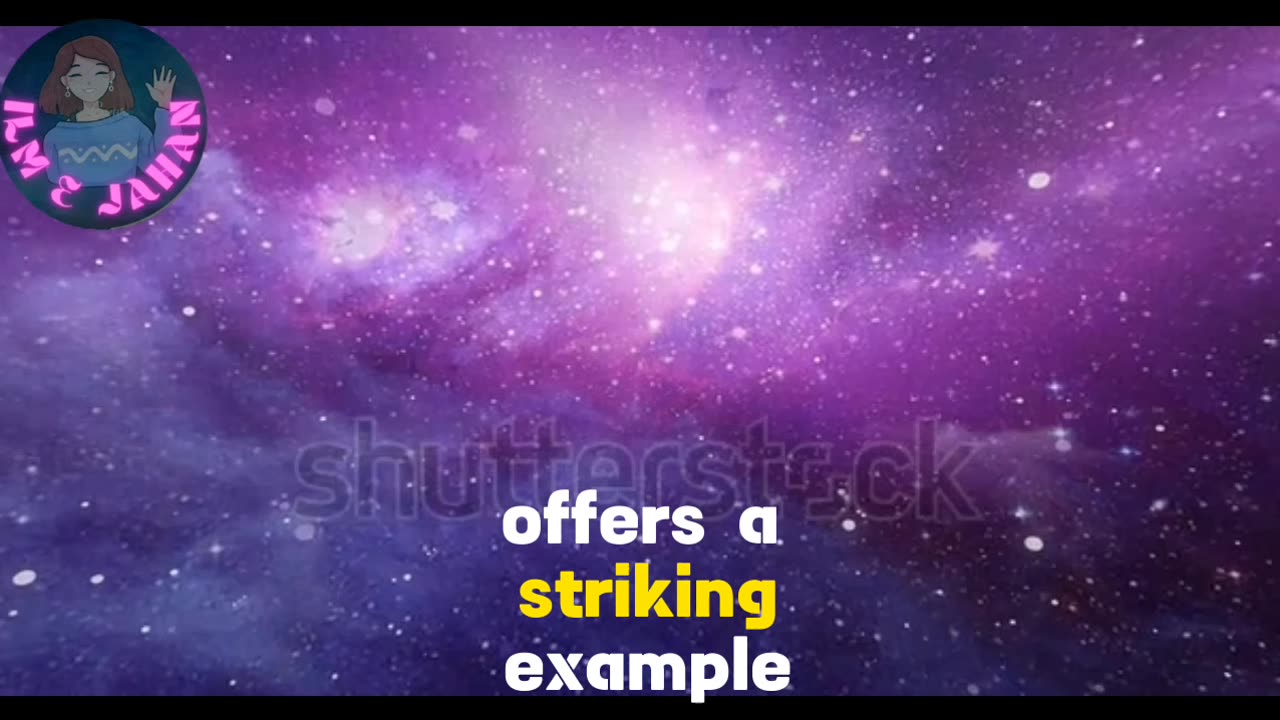Premium Only Content

NASA Reports : There is a whole in our milkyway galaxy
Astronomers have made a remarkable discovery within our Milky Way galaxy – a vast 500-lightyear-wide void. This unexpected finding has left scientists puzzled and intrigued.
The location of this intriguing void is situated in the direction of the Perseus and Taurus constellations, offering a dazzling display of stars. Within this region lies a star-forming area, composed of vast collections of gas and dust. These cosmic materials are in a state of active and eager collapse, fragmenting into numerous distinct clumps. Over time, these clumps cool and contract until they reach the critical densities necessary to initiate nuclear fusion, birthing new stars.
Previous observations of this star-forming region had presented it as a single, impressive lump. However, these observations were limited to two dimensions, failing to capture the full three-dimensional structures at play.
The turning point came with Gaia, the European Space Agency's star-mapping satellite. Gaia recently completed a comprehensive three-dimensional census of over a billion stars within the Milky Way, marking an essential step in our understanding of our galactic neighborhood.
This detailed census unveiled a surprising revelation: the star-forming region spanning Perseus and Taurus is not a singular entity but rather comprises two separate gas clumps. Between these clumps lies a colossal void, extending 500 lightyears.
So, what could have caused such a gaping hole in our galaxy? The answer is a supernova – the spectacular and explosive death of massive stars. When these stars reach the end of their lifecycle, they undergo a cataclysmic transformation, resulting in an explosion that unleashes more energy than all the stars in an entire galaxy combined. These stellar detonations also eject their remnants into interstellar space at nearly the speed of light.
Astronomers are uncertain whether a single supernova explosion or a series of less dramatic ones carved out this void. Nevertheless, the shockwave generated by the supernova's expansion collided with the surrounding clouds of gas and dust. This collision, in turn, triggered the fragmentation and collapse of these regions, giving rise to the intense star-forming activity we observe today.
The void positioned between Perseus and Taurus offers a striking example of the dynamic interplay between destruction and creation in the cosmos. Stirring up clouds of gas and dust is crucial for the formation of stars, and these explosive supernovae provide the necessary agitation.
Moreover, supernovae play a crucial role in the creation of heavier elements on the periodic table. As their shockwaves propagate, they enrich the surrounding medium with these elements. These heavy elements are fundamental for the formation of planets – and life itself.
Our own solar system has a similar origin story. Analysis of radioactive elements discovered in lunar soil samples and meteoroids, remnants from our solar system's formation, suggests that a supernova triggered the collapse of our protosolar gas cloud. Thus, the very elements that compose the world around us were born in the fiery crucible of these cataclysmic stellar events billions of years ago.
Now, we have the privilege of witnessing this awe-inspiring process unfold once again, in the vast expanse between the Perseus and Taurus constellations.
-
 2:43:00
2:43:00
TimcastIRL
3 hours agoTrump Demands IRAN SURRENDER NOW, Mobilizes For WAR, Jets Deployed | Timcast IRL
197K111 -
 LIVE
LIVE
Spartan
10 hours agoPro Halo Player | Ranked Arena breaking in a new controller
929 watching -
 2:34:37
2:34:37
Barry Cunningham
3 hours agoPRESIDENT TRUMP NOW HAS PROOF OF THE FRAUD OF 2020! BIG PHARMA IN TROUBLE! MORE NEWS!
68.8K27 -
 8:25
8:25
MattMorseTV
9 hours ago $1.14 earnedTrump just FLIPPED the SCRIPT.
16.2K24 -
 LIVE
LIVE
BigTallRedneck
2 hours agoCome Chill with the Redneck!
107 watching -
 LIVE
LIVE
TheBeardedBrent
1 hour ago🔴LIVE🔥 | WARZONE | BEADERED THE BOT HUNTER!! | ROAD TO 50 SUBS!!🔥
122 watching -
 1:27:44
1:27:44
Glenn Greenwald
5 hours agoTrump Declares the War in Iran to Be His Own; Journalist Ken Klippenstein on Trump's War Plans, DC Dems, and More | SYSTEM UPDATE #470
117K131 -
 2:42:21
2:42:21
RiftTV/Slightly Offensive
5 hours agoLAPD Shot ME?! Rioters RAN OVER, US Attacking Iran? | The Rift | Guest: Anna Perez + Braeden Sorbo
52.3K11 -
 2:12:14
2:12:14
TubButter
1 day ago $0.19 earnedMy aim is sharper in 1440P Warzone! (Maybe). 😉 Live now! #Warzone #1440p #FunnyFails #TubButter
15.1K -
 1:49:01
1:49:01
The Confessionals
10 hours agoThe Invisible War They Don’t Want You to See (It Didn’t Start With You)
12.3K4